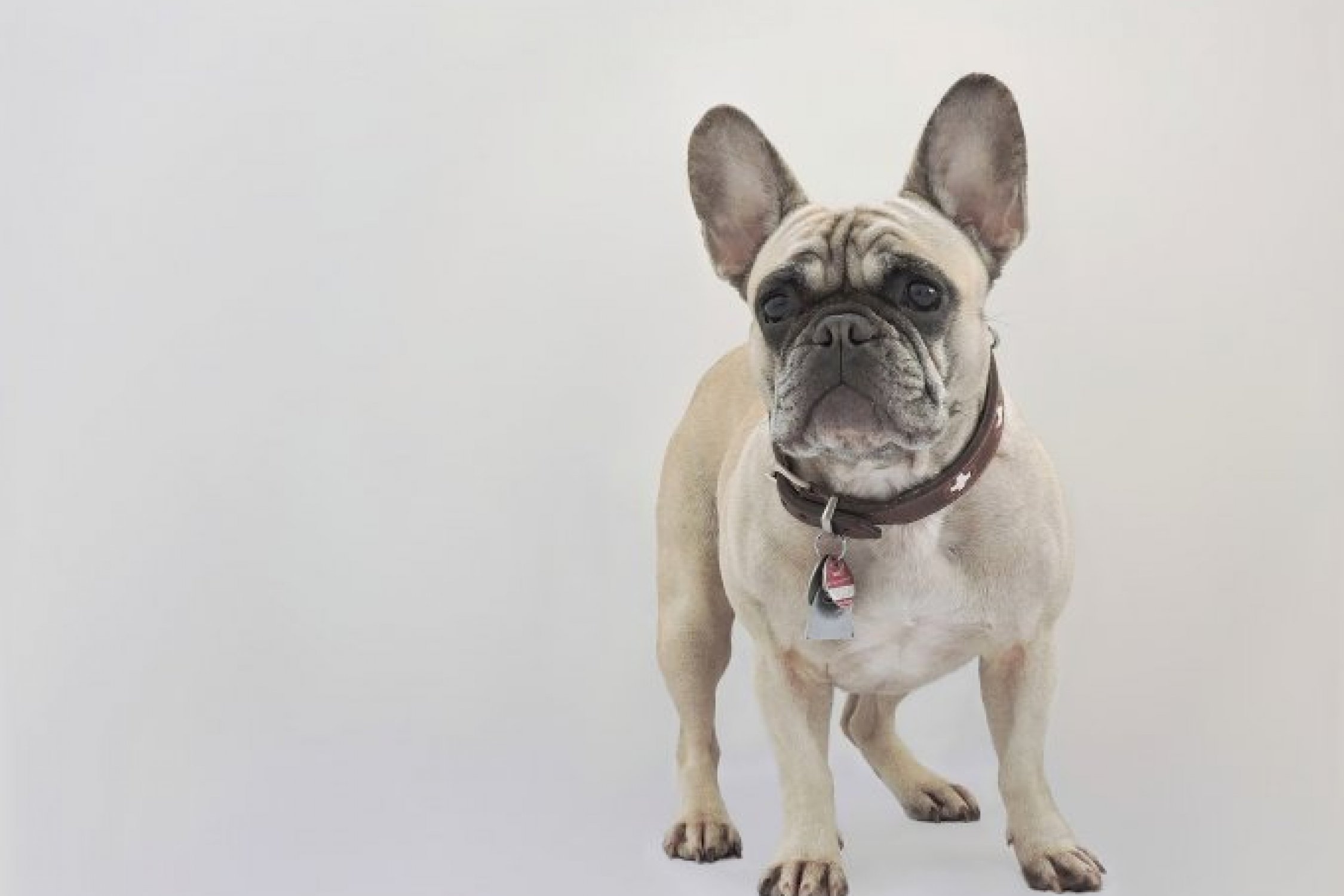Scabies in dogs - symptoms and treatment

Saturday, 20 April 2024

Dogs can contract many diseases, and a good owner is one who keeps a close eye on their pet and can react quickly when something bad happens. Scabies is a serious health condition that affects more dogs than we care to admit - and it makes their lives much less comfortable. So to help your pet, it's important to consult a specialist quickly - but also to learn as much as possible about the disease in order to recognize it early!
Scabies is a disease that your dog can contract mainly through contact with stray animals, but also with sick dogs or foxes. Interestingly, due to the fact that it is a parasitic disease, it can be contracted through contact with infected tools - for example, in a veterinary office, or in a dog salon. So pay close attention to your dog's skin and behavior - and learn to recognize the disease!
Scabies is transmitted by the hornworm, which first parasitizes the skin surface and then penetrates the epidermis. There, it lays its eggs, from which the larvae hatch.
The symptoms of scabies in a dog are very characteristic. First of all, it's skin problems that progress - and with them also changes a little bit behavior of the animal, which often scratches itself, falls into apathy and loses weight. The parasite attacks mainly the less hairy parts of the dog's body, i.e. belly, chest, limbs and head area (especially around the eyes and ears). In infected areas characteristic lumps are formed, and from them wounds and inflammation. It's best not to lead to the appearance of the latter two stages of the disease - it's worth reacting as soon as the dog's skin is changed and it scratches frequently. Then the treatment is easier!

When the dog is already inflamed, the next symptoms are hair loss, thinning of the coat and formation of large red patches on the skin. Healthy areas also quickly become diseased. Similar symptoms appear with dermatophytosis - the treatment is also similar.
Treatment of a sick dog depends on the stage in which the owner reported the dog to the vet. If he did it early enough, a case and special hygiene rules are enough. It's also possible to use anti-scabies tablets, put directly into the mouth or together with the food. The most effective is the administration of a special solution to the skin of the animal, but then it is necessary to use a needle, and this many dogs are afraid of.
In advanced cases you can't do without antibiotics. At the same time, it is also necessary to shave the dog for a short time, often clean its bed, vacuum the carpets, maintain sterile living conditions, as well as separate the infected dog from other animals. You should also disinfect or replace all of your dog's cleaning utensils, and purchase special shampoos and cosmetics to use even after treatment. Scabies is prone to recurrence, so it is best to protect against it!